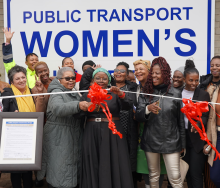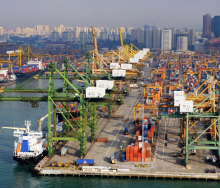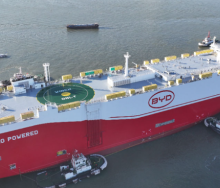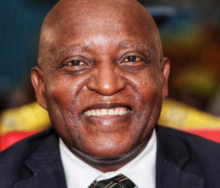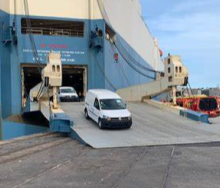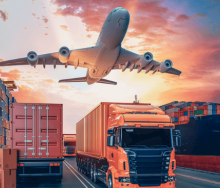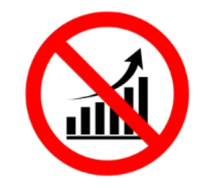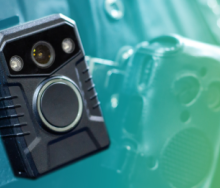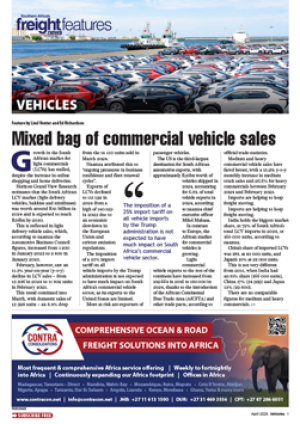A 56-kilometre queue into the Democratic Republic of the Congo (DRC) had shrunk to 13 kilometres by Wednesday morning, thanks to border authorities at Kasumbalesa allowing more trucks through.
According to Mike Fitzmaurice*, vice-president of the African Union’s Organisation for Transport and Logistics (UAOTL), the waiting time to proceed through the routinely congested Copperbelt crossing was still approximately 24 hours, but northbound movement had improved significantly.
Although the limit on trucks passing into the DRC at Kasumbalesa was imposed to manage volumes on the roads to mines around Lubumbashi and Kolwezi, it caused significant disruption, with more than 600 trucks estimated to arrive at the border daily.
Intervention by industry custodians, particularly Fitzmaurice, persuaded the DRC authorities to reconsider their January 1 truck restriction, resulting in Sunday’s implementation of a 500-trucks-per-day increase.
“The new arrangement came into effect on the 12th and immediately eased traffic,” Fitzmaurice said.
An additional adjustment by DRC authorities, extending operating hours from 6 am to 8 pm, might already be contributing to improved movement, but this could not be confirmed.
Fitzmaurice expressed concerns regarding the extended hours for border staff.
He said that although he supported the new development in principle, personnel at Kasumbalesa live in Lubumbashi, approximately 100 kilometres away, and it could take them up to two hours to reach their workplace.
As Kasumbalesa is one of the most significant commodity trade transit points in Africa, Fitzmaurice is not alone in advocating for longer operating hours at this crucial crossing.
However, it remains to be seen how feasible such extended hours will be in the long term, considering the logistical challenges faced by border personnel.
Kasumbalesa is not the only issue facing long-distance hauliers on the Copperbelt border. Two alternative entry points into the DRC, Mokambo and Sakania, are currently unavailable due to system errors.
Fitzmaurice stated that tankers wishing to avoid the queue at Kasumbalesa are unable to do so at present because the Zambia Revenue Authority cannot pre-approve the use of these crossings.
“Transporters have to specify which border they will use to enter the DRC, and at the moment, they cannot because of the system error. They apply to use Mokambo and Sakania, but the system shows those border posts as unavailable.”
As a result, they are forced to use Kasumbalesa, where tankers carrying highly flammable liquids must endure long waits in scorching temperatures.
Fitzmaurice said he was awaiting feedback from various trade and transport executives in Zambia regarding efforts to resolve the issues preventing cargo carriers from utilising Sakania and Mokambo.
Using Kasumbalesa is also more expensive because the road toll through Zambia is calculated based on the DRC entry point used.

